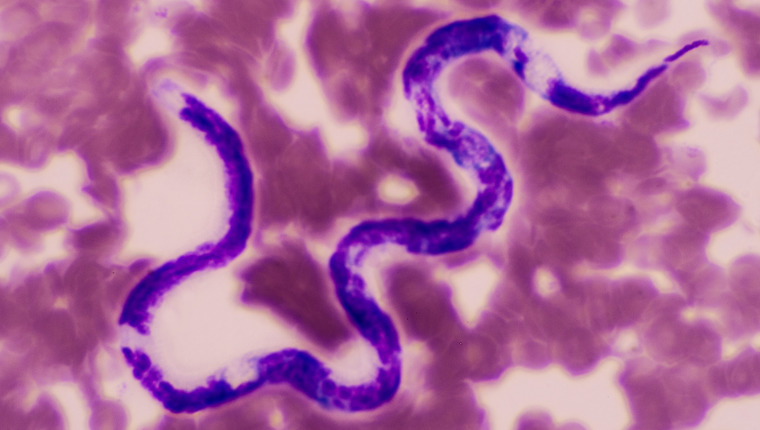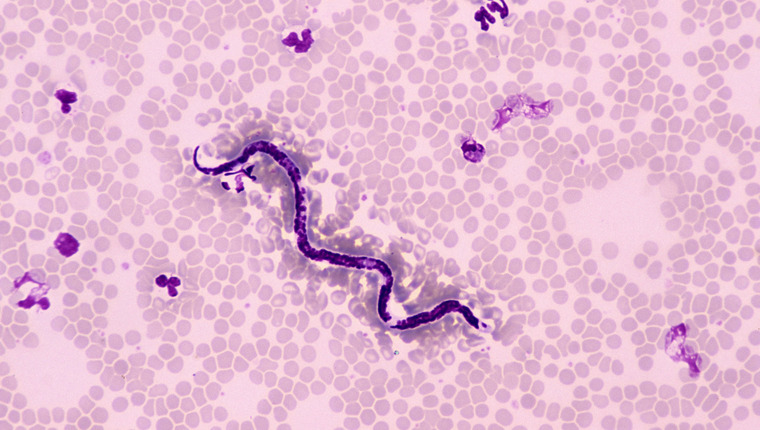
In a comprehensive study, researchers in eastern Australia took a closer look at their diagnostic heartworm tests, trying to find anything that could explain a recent uptick in infection rates.
Earlier this month, Parasites & Vectors…


In a comprehensive study, researchers in eastern Australia took a closer look at their diagnostic heartworm tests, trying to find anything that could explain a recent uptick in infection rates.
Earlier this month, Parasites & Vectors…



